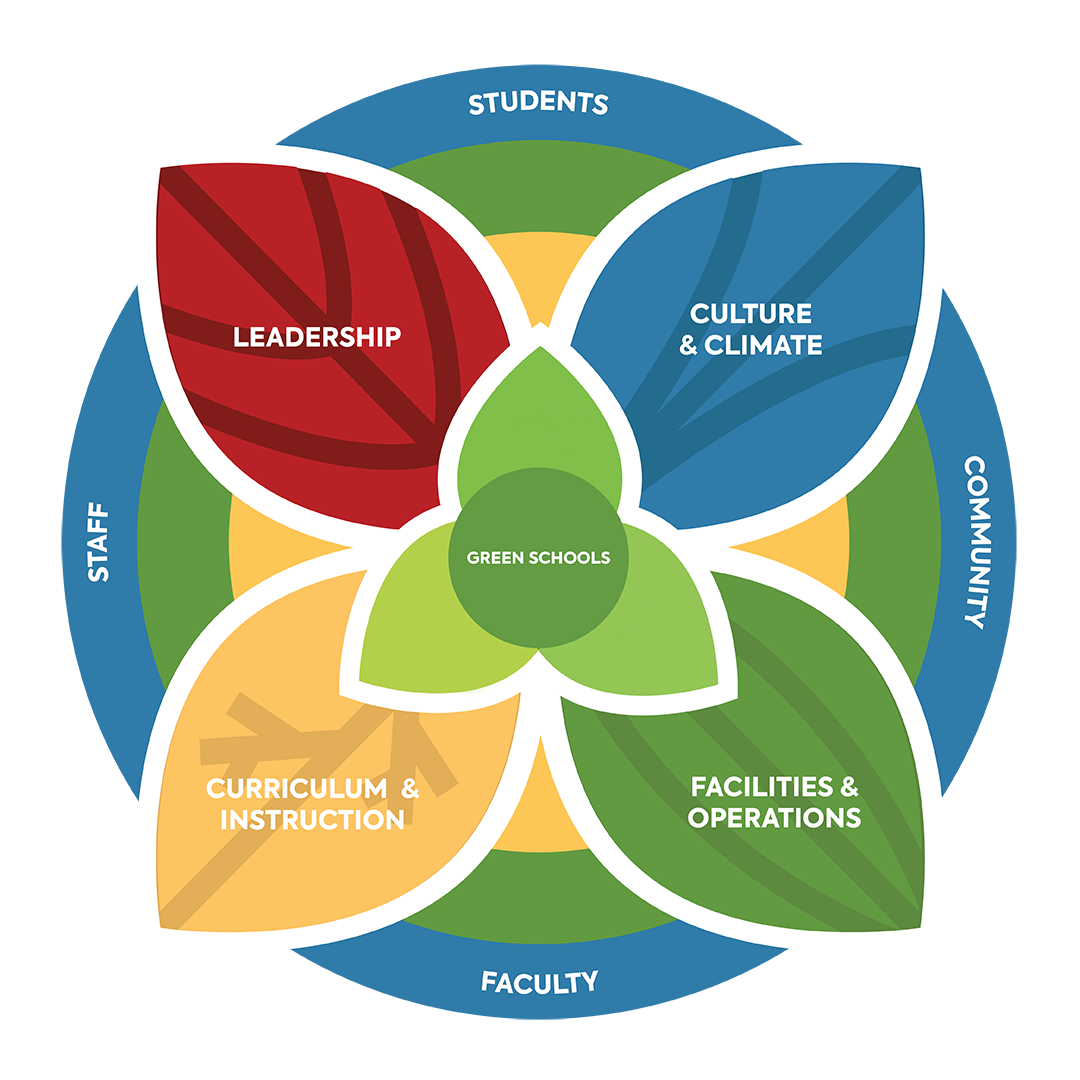
Introducing
A GreenPrint™ for
becoming a Healthy
and Sustainable School

What is the GreenPrint™?

We developed the GreenPrint™ to serve as a road map as you plan your school or district’s journey to become healthy learning environment. This tool will help you diagnose strengths and challenges, plan strategically, analyze progress as you implement change, and adjust course in response to emerging issues or priorities.
Implementing the core practices found in the GreenPrint is hard work and heart work. It is also energizing work and our hope is that the GreenPrint will inspire and empower you, your team, your stakeholders, and your funders.
Our GreenPrint™ is informed by
three Core Beliefs:
Systemic Change Endures
Everyone
Matters
Everyone Is A Leader & A Learner
We believe that every member of a school community is a leader and has a voice and hand in creating healthy, equitable, and sustainable schools.
Four Impact Systems that Drive Whole School Transformation

Holistic Impact Systems
Our GreenPrint™ offers a road map for holistic transformation based on four key systems:
